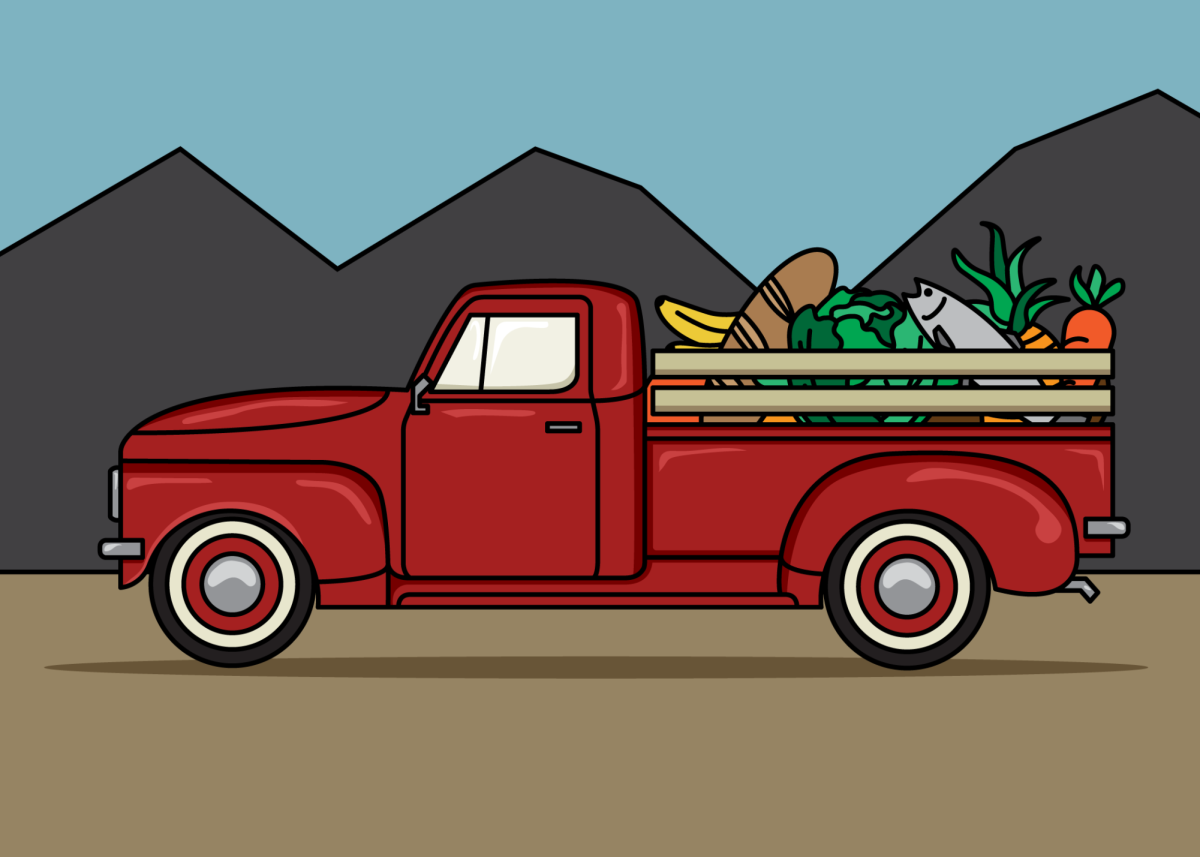Every year, despite the excessive amount of food that goes to waste, individuals struggle with food insecurity.
This discarded food is passed along to landfills rather than effectively distributed. What could have been consumed is laid to waste outside of the reach of those who truly need it.
The effects of this rampant food waste harm the individual and the environment.
This mentality toward waste production is a staple of American culture and a lack of education, and Utah is no exception.
Food insecurity is not a supply issue. There is more than enough food available. Instead, it is a logistics problem and a matter of inefficient distribution.
The Issue
The state of Utah wastes over 600,000 tons of food every year. Despite this, over 500,000 individuals report having food insecurity.
If we were more effectively distributing food, this issue would resolve itself. Many non-profit organizations in Utah have committed themselves to solving this exact dilemma.
The environment also suffers from needlessly wasted food. Food waste produces a large amount of methane, a potent greenhouse gas. Wasted food makes up nearly 8% of all global emissions.
Waste Less Solutions, a Utah-based non-profit, strives to reduce food waste’s humanitarian and environmental impacts.
“When food is discarded, it is not just the food that goes to waste,” Dana Williamson, founder of Waste Less Solutions, said. “We also waste the nutrients, water, transportation and packaging that went into that.”
A Cultural Problem
The extreme gap between the food wasted and the individuals who need it is no coincidence. It is the expected result when considering how we view food waste in America.
The philosophy of purchasing as much as possible without considering how much will truly be used is deeply rooted in society. It is a uniquely American position.
The U.S. wastes more food than nearly any other country, second only to China. Of the 2.5 billion tons of food produced annually, the U.S. produces 60 million.
Americans’ high priority on efficiency and comfort is responsible for this. Food is cheaper and more accessible in this country than elsewhere. This leads to less perceived value in the eyes of the consumer.
Americans also rely heavily on “use by” dates, often indicating freshness, not safety.
Another factor is that Americans are ignorant of the origins of our food.
“When we all used to have to grow our food, or at least knew the person who was, we knew the work, time and resources that went into it,” Williamson said. “Leading to us feeling less inclined to waste it.”
However, the blame does not fall solely on the average consumer. A large majority of the food that gets wasted never even leaves the farm.
An estimated 20% of food is wasted here. Food that won’t reach the consumer in time, or simply doesn’t match the required appearance standards, is discarded.
American culture places little value on waste and struggles to understand the long-term consequences of such a viewpoint.
Education
Although the burden of food waste does not fall entirely on the individual, that does not mean we can’t take specific preventative measures.
Households are responsible for 43% of the food wasted annually in the U.S. On average, 30% of the food households obtain goes to waste.
Reducing this number must come through education. There are numerous ways that households can be more mindful about the food they consume and waste.
Williamson has two primary suggestions for individuals to reduce their food waste: “Shop from your fridge or pantry first and use your smell and taste to determine if an item has gone bad.”
Building a Better Future
Bridging the gap between food supply surplus and scarcity is a multi-faceted issue. It negatively impacts the lives of those who don’t have access to food and the entire population.
It is unacceptable that developed nations with more food than mouths to feed cannot properly distribute it to those who need it.
Additionally, the climate continues to become less inhabitable. It is now more important than ever for society to be more conscious of the waste it produces. Educating individuals and reforming our distribution systems to be more efficient is crucial in solving this problem.
By doing so, it is possible to greatly reduce the food that is needlessly wasted every year and, in turn, alleviate unnecessary hunger worldwide.




